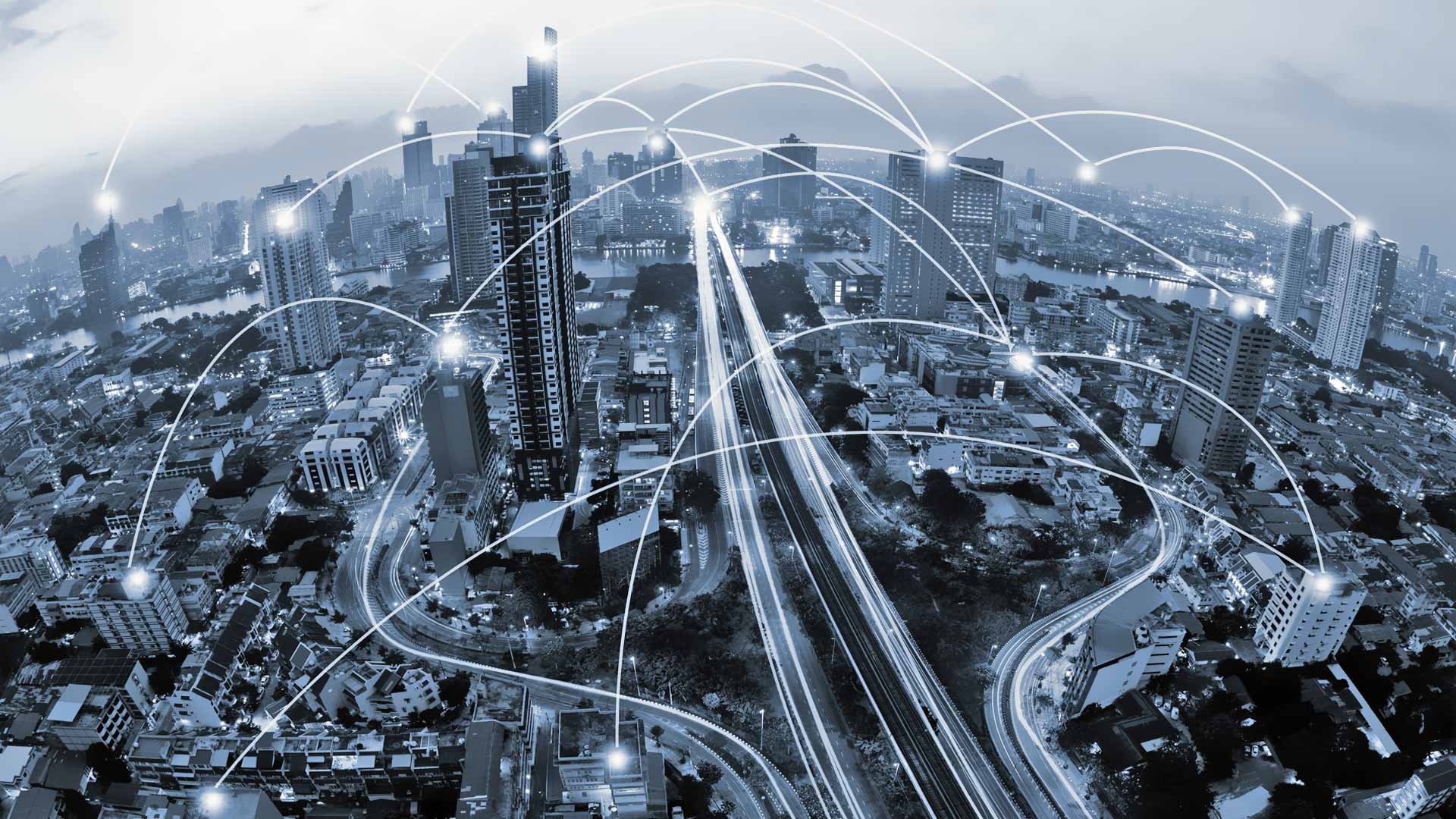The IoT is the next revolution in tech world that changed the way we live; the creation smart homes, connected transport system, intelligent energy systems and even it is changing our perceptions of sport. but, IoT relies on the transmission of large volumes of data and such huge amounts of data is floating in the cyberspace, and billions of connected devices; so hackers are finding more opportunities to create the chaos.
The Internet of things is expanding the amount of data that is being generated. Combined with Big Data and cloud the internet of things will enable an exponential increase in autonomy, as mentioned by Gartner there will be nearly 26 billion devices on the internet of things by the year 2020. The increase in the autonomy combined with the increased number of connected devices will propel revenue to new heights.

According to the IDC the internet of things is expected to grow from 4.8 trillion in 2012 and to 8.9 trillion in the year 2020. The applications for IOT are vast.
The Applications for IOT Include:
- Environmental monitoring utilize sensors to monitor air quality, water quality and other environmental conditions.
- Infrastructure management utilize sensors to monitor bridges, railway tracks and other infrastructure.
- Industrial applications utilize sensors for the manufacturing of equipment situational management and other industrial applications.
- Energy management utilize sensors for the integration and sensing of vital energy consumption devices such as switches power outlets and light bulbs.
- Medical and health care utilize sensors to enable remote health management and emergency notification systems such as wearable heart monitors.
- Transport systems utilize sensors to improve transportation metrics by monitoring traffic, electronic toll collection systems and fleet management.
Applications for the internet of things will raise security issues since the internet of things is being developed rapidly, there are significant challenges involved in securing the IOT. The internet of things provides plenty of upside potentials for increases in function and autonomy. With all this potential revenue, it is paramount to initiate a cybersecurity solution to prepare for this inevitable increase.
Factors Influencing Cybersecurity:
Application Involved Risks
Applications have fasten the integration of mobile devices in our day to day lives. From mapping apps, to productivity tools, to social networking, to games, apps have immensely driven the smartphone innovation and have made it as important and as radical as it is today.
Whereas the apps exhibit utility that is apparently bound only by developer creativity.
It also increases the fear of reinforcing BYOD devices in a corporate environment. As the institution enables workers to bring their own devices, the requirement for using the identical devices to access work-based data inevitably confer itself.
This grants mainly two security risks:
- Malicious (Malware) Apps: With the rise in the number of apps on the device enhances the likelihood that few may contain security holes or malicious code.
- App Vulnerabilities: Apps created or put into action by the organization to enable access to corporate data may have security weaknesses.
Read: Reaper Botnet Targets IoT Devices: Infects One Million Organizations Worldwide
Compliance and Governance Issues
Increase in the privacy legislation is a drift that is probably may continue in the coming future. As institutions design IoT safety measures, these may involve with personal beliefs of privacy.
A well-shaped IoT policy should comprise of well defined, clear expectations on privacy-influencing procedures, assuming that legislation may alter in some geographical regions.
Consuming Bandwidth
Thousands of actuators, or sensors, trying to communicate to the same server will create a collision of data traffic, which can show a negative impact on the server. Additionally, a lot of sensors implement an unencrypted link to interface, and hence, there will be a delay in the security.
So the consumption of bandwidth from billions of devices will decrease the interactions between the wireless communications, which is operating on the megahertz frequencies like television, radio, emergency services, etc. Anyway, companies initiating serious decisions; as a result, low power Wi-Fi connectivity platform from Qualcomm has been launched for IOT.
Data Protection and Privacy
All smart gadgets support information about their users, initiating from the diet plan to the place they work; smart devices contain personal details and also sensitive details about banking. All IoT devices collect accurate data from the real world, which is exceptional from an analytics point of view, but a user may think it would not be appropriate to share data with a third party, even if all the data is not sensitive and confidential.
Notification and Breach Investigation
As there is an impact of highly publicized cyber risks, new and future legislation is executed on cybersecurity, with fines being imposed on companies who do not secure their consumer data, and compulsory actions are being implemented around data breach notification.
Institutions should prepare for this legislation by enhancing active inventory of devices, the data on them and the security controls in place to safeguard that data.
Increasing Use of Mobile Devices
Smartphones are an integral part of our lives these days; we always rely on them to store important information, such as our credit card details, personal photos/videos, e-mail accounts, contact numbers, home address and official documents. The information stored contains the places we visit frequently and a passcode that uniquely identifies us, so anyone who can take hold on these devices can get into our lives easily.
The loss of a device not only means the loss of sensitive information, but efficiently it also leads to loss of identity. The internet finds no monopoly and hence these devices cannot contain the same software or firmware working on them.
Various enterprises may not support the devices of each other and therefore it may lead these devices to interoperability.
Leave a Reply